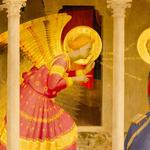Isabella & Michael
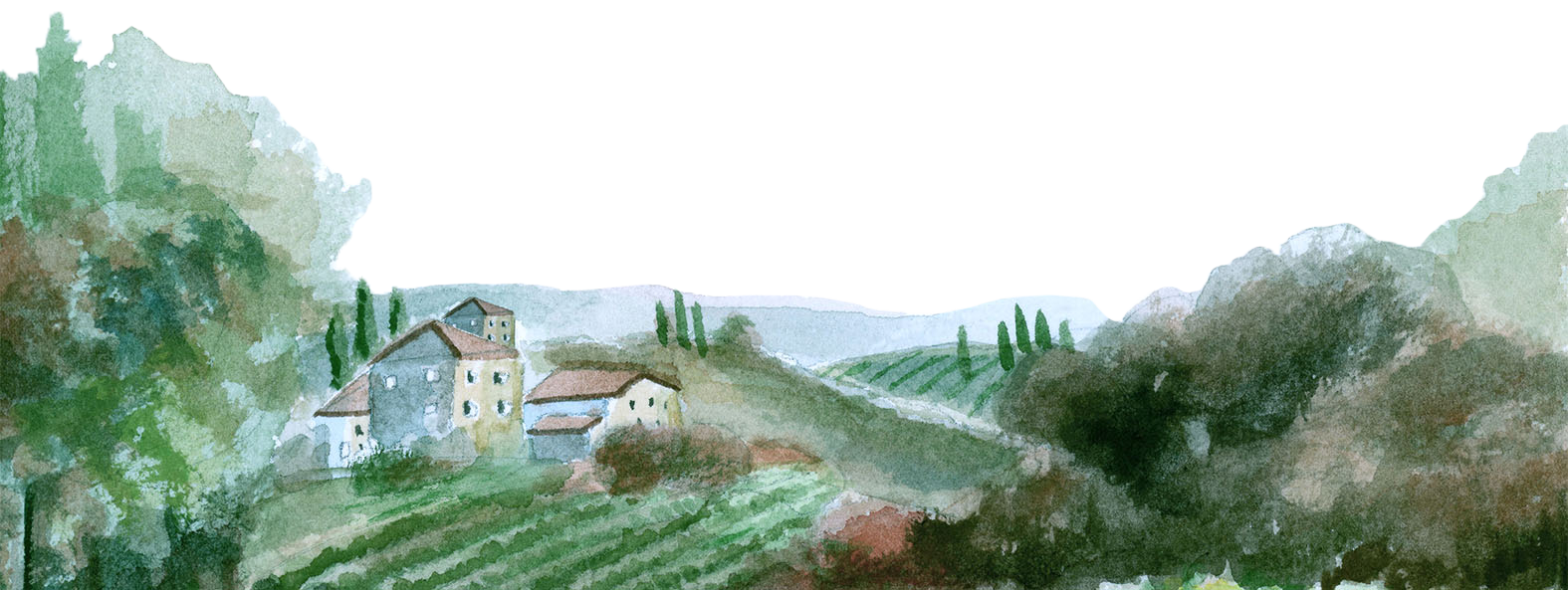
Things To Do
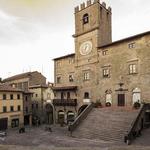
The Historical Center of Cortona
Cortona’s Piazza della Repubblica is located on the slopes of a hill and is surrounded by well-preserved walls. On the east side of the square stands the Palazzo del Popolo, which was originally built in the 14th century and later rebuilt in 1514. The west side of the square is dominated by the imposing Palazzo Comunale, which dates back to 1241 and has undergone several renovations and expansions, including a less successful restoration in 1896. The Palazzo Comunale features a battlemented clock tower from 1509 and a flight of steps from the 16th century. To the northwest of the Town Hall is the Piazza Signorelli, which is home to the Palazzo Pretorio. The facade of this building bears the coats of arms of former podestàs and now houses the Accademia Etrusca and the Museum of Etruscan Antiquities. Piazza Garibaldi is a square that offers a wide view of the Val di Chiana, Lake Trasimeno, and Montepulciano. Visitors can stop here to enjoy the breathtaking panorama.
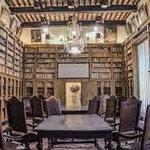
Accademia Etrusca
Cortona’s civic museum at Piazza Signorelli offers a fascinating and eclectic collection that goes beyond the Etruscan limits suggested by its name. The Accademia, a historical institute founded in 1727, numbered Voltaire among its early members. The museum MAEC occupies one of the town’s more impressive medieval palaces, the 13th-century Palazzo Casali (or Palazzo Pretorio), former home to Cortona’s leading medieval family.
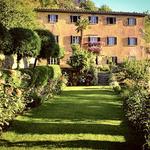
Villa Bramasole (Villa from "Under the Tuscan Sun")
We recommend you read and watch the movie "Under the Tuscan Sun" before our wedding!
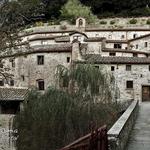
The Monastery of Saint Francis “Le Celle”
The village of Le Celle, just 10 minutes from Cortona, the Monastery of Celle is a sacred building that offers a stunning view of the Valdichiana (Chiana Valley). This monastery, built at the edge of a narrow valley, is known for its spiritual significance and was the first monastery built by St. Francis of Assisi in 1211. He lived here even after receiving the stigmata and it is believed that he dictated his Testament here in 1226, just a few months before his death. Visitors can still see his cell, complete with some of his personal objects, and the oratory of his first followers. Today, the Monastery of Celle is home to a brotherhood of seven Friars who continue to carry on the tradition of prayer passed down by St. Francis.
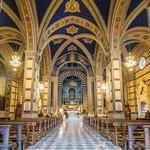
Fortress of Girifalco & church of Santa Margherita
The Fortress: The Fortress of Girifalco in Cortona, Italy, has a probable Etruscan origin. It was first used by the Goths and later by the Lombards during the Barbarian invasions. However, records of the fortress date back only to 1258, when it was purchased by Arezzo. The fortress underwent numerous renovations and restorations starting in 1266, and continuing into the 16th century under the rule of the Casali family. The Church: The shrine is dedicated to the figure of Santa Margherita, patron of Cortona and Franciscan tertiary, and subsequent cultural and spiritual activities of the Observant Franciscans. On the death of the saint (February 22, 1297) it was decided to build a church in her honor, next to the ancient church of St. Basil that Margaret herself had restored after it is chosen as the place of penance and prayer. In 1304 the sacred building was already built, but it continued to embellish it with important frescoes throughout the fourteenth century.
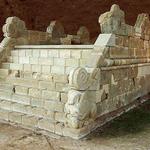
Etruscan tombs
The Archaeological Park of Sodo is located about 4km from the bottom of the hill of Cortona. The park is situated on the right bank of the Rio Loreto and contains the Melone tumulus, an example of archaic Etruscan funerary architecture. The tumulus, which is an artificial mound, was excavated in 1909 and is made up of a long uncovered dromos (entry-corridor) leading to a five-chamber area.
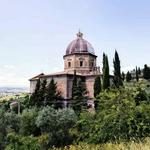
Church of Santa Maria delle grazie
Just below the city walls, on the hillside carpeted with olive trees, sits Cortona's tribute to High Renaissance architecture: Santa Maria delle Grazie al Calcinaio. It was built between 1485 and 1513 and is the masterpiece (and only definitely attributable work) of Francesco di Giorgio Martini. He designed it on a Latin cross plan to mark the spot where a worker in a limekiln (calcinaio) saw a miraculous image of the Virgin appear on the rock wall. The harmonious Brunelleschian interior has a rose window in stained glass by the French master of that art, Guillaume de Marcillat, as well as a late-16th-century Madonna and Saints by Florentine artist Alessandro Allori in the right transept.
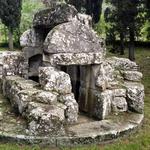
Tanella of Pitagora
Descending the hill of Cortona among the olive groves a rare beauty you can visit, the Tanella of Pythagoras a famous monument known to travelers since 1500, the Tanella is a small mound of the Hellenistic period. Consists of a circular base on which you set another drum with blocks juxtaposed. The interior has a short dromos and a small rectangular room covered by a barrel vault. The first news that we have on it is attributable to a visit by G. Vasari in 1566 that looks like the judge the tomb of Archimedes. Since then, visitors have indulged in the building who in recognizing the tomb of Ulysses, the other that of Pythagoras, recalled at the awards greek–style of Hellenistic architecture. The monument underwent progressive deterioration from five nineteenth century, when French troops passing through caused considerable damage. The Tanella can be reached by car or by hiking trails.
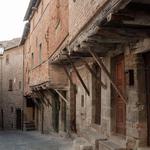
Via Jannelli
A taste of the medieval flavor at the vicolo Jannelli (which takes its name from the Jannelli family). The road surmounts from the high rear facade of the church of the Gesù and is one of the most suggestive streets of Cortona, surely the street is the most characteristic of all because the houses that compose it on the north side are the remains of fourteenth-century structures and sixteenth-century wooden projections. The ancient medieval houses are built of stone and brick, while the jambs, the thresholds and the architraves are exclusively in stone. The upper floors of the house project onto the street and are supported by wooden shelves.
